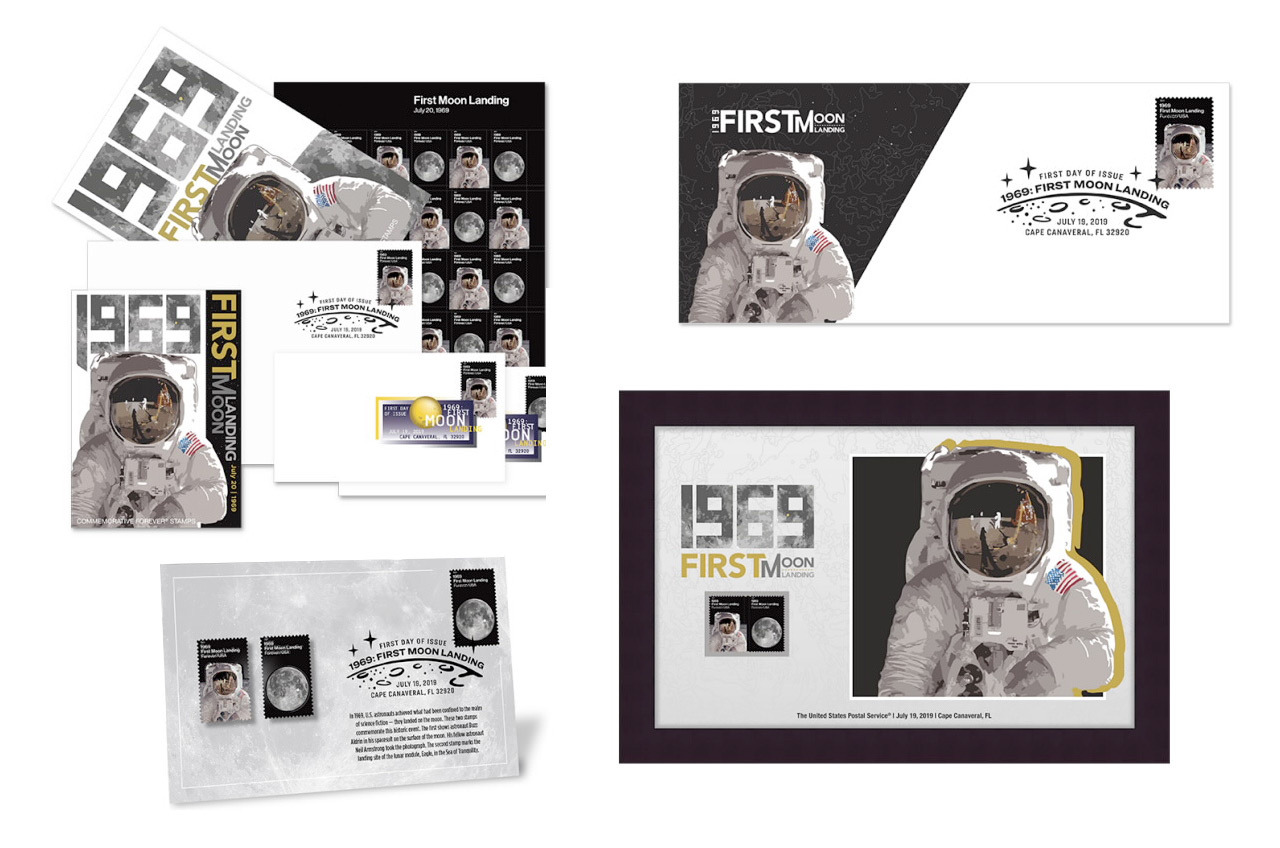
Pearlman is also a contributing writer for and co-author of "Space Stations: The Art, Science, and Reality of Working in Space” published by Smithsonian Books in 2018. Robert Pearlman is a space historian, journalist and the founder and editor of, an online publication and community devoted to space history with a particular focus on how and where space exploration intersects with pop culture. All rights reserved.Ĭ Editor, Contributor "Especially should we be cautious of covers from cities whose location is at such a distance from one of the official cities that it would have been impossible for the stamp to have been canceled there," Seifert wrote.Ĭontinue reading at to learn the status of the search for the secret stamps and what John Glenn remembers of the stamp’s release.įollow collectSPACE on Facebook and Twitter collectSPACE and editor Robert Pearlman robertpearlman. Seifert warned however, about the chances for fraudulent covers, particularly when it came to envelopes canceled in unofficial cities. By July 1963, Seifert had cataloged 90 of these "unofficial" cities. In the case of the latter, collectors had purchased stamps from one of the 305 post offices identified by the Post Office Department and then drove to other post offices to have them canceled. Navy ship-board cancels and "unofficial cities."


The typewritten "An Unauthenticated Classification of the First Day Covers of the Project Mercury Stamp" documented postmarks from 248 of the official cities, as well as others including U.S. The most time was afforded at the station farthest west, Honolulu, Hawaii, where the stamps were released at 10:30 a.m.īy the following year, one enthusiastic collector, Patricia Grace Siefert, had compiled a guide.

For post offices on the East Coast, such as Boston, New York City, and Baltimore, that meant that customers had only a few hours before the offices closed to obtain first day postmarks. The call from Washington to open the mailbags came at 3:30 p.m. Further limiting the potential for first day covers was the time of day when the stamps were released. The site of the official first-day-of-issue cancellation was Cape Canaveral, Fla., Glenn's launch site, where the Post Office Department established a temporary station.īut given the stamp was a surprise and limited to just 305 post offices, it wasn't long before collectors began trying to assemble nationwide sets. With astronaut John Glenn aboard, the Mercury-Atlas rocket is launched from Pad 14, February 20, 1962. This image shows the launch of Friendship 7, the first American manned orbital space flight. The Post Office Department was able to successfully dismiss the report and by the time Friendship 7 actually launched, two months later on the mission's 11th scheduled date, the stamp's release came as a true surprise. Once the stamps were ready to ship, they were loaded in mailbags with combination locks and marked "Classified Material" and "Do Not Open." They were delivered to the selected postal stations, but addressed to the attention of the postal inspector so curious postmasters wouldn't take an early peek.Įven with all the precautions, the department's secret was almost blown.Īccording to the American First Day Cover Society's (AFDCS) "First Days" magazine, a newspaper in Florida reported a rumor of a secret stamp in the run up to Glenn's original launch date in December 1961. "In fact, the new press was being used to print the Project Mercury stamp." "At the Bureau of Engraving and Printing, a rumor was spread that a new multicolor Giori press was locked away for printing test runs of multicolored money," the USPS later recounted in a 2005 release. Another engraver who did the lettering worked on weekends. The picture engraver also gave the impression he was on leave, but came in at night. The stamp's designer, Charles Chickering, worked from home to create the blue and yellow depiction of Friendship 7 circling the Earth while all along claiming to be on vacation. Just over 400 people knew the secret, about half of them postal inspectors. Knowledge of the Project Mercury stamp project was kept on a need-to-know basis. "None of the postmasters knew what the closely guarded packages contained until the word was given from Washington. "Designed and printed under tight security precautions at the Bureau of Engraving and printing, the stamp was distributed well in advance of the flight to more than 300 large postal installations, where it was held intact until the flight was completed," the department stated.

Keeping the production and distribution of more than one million postage stamps a surprise though, required some creative logistics. The Post Office Department wanted to keep the stamp a secret in case the mission failed.


 0 kommentar(er)
0 kommentar(er)
